Apple on Monday kickstarted its worldwide developers conference (WWDC) with a keynote speech where the technology giant previewed its upcoming operating system and software features for iPhones, iPads, Watch, TV, Airpods and Macs. In a major move, the company also announced its plan to shift its Mac computers to ARM-based Apple Silicon from Intel processors. From iOS 14 to iPadOS 14, macOS Big Sur and watchOS 7, the Apple WWDC 2020 keynote event had a rich assortment of announcements. Here are the key announcements from the WWDC 2020 keynote session:
The Mac's transition to Apple Silicon
This is a major announcement that might set the future direction for Apple Mac computers. After shifting to Intel chips in 2006, the company is now ready to power its Mac computers with its own ARM-based chips. In the keynote address, Apple previewed a Mac powered by Apple A12Z Bionic chip. The early look reveals that Mac on ARM chips is ready to replace the Intel powered Macs. Apple has optimised all its native apps, including Motion and Final Cut Pro X. The company has also been working with Microsoft and Adobe, and their key software like Microsoft Office productivity apps and Adobe Creative apps have already been optimised to work on Macs powered by ARM chips. The move to Apple Silicon will start with new Macs to be released later this year, and the entire transition will take two years.
![]()
macOS Big Sur for Apple Macs
The macOS Big Sur is the upcoming operating system for Apple’s Mac-series computers and laptops. The OS will bring redesigned user interface (UI) and introduce new features such as control center for easy access to key settings and notification centre with access to widgets, and more. The OS is seen as the company’s first step towards the Mac's transition to Apple Silicon. Therefore, it also brings some iPhone apps to the Mac. These include the Messages and Maps apps. Apple has added new functionality to both these apps on the iPhone’s upcoming iOS 14 operating system and the Macs would get the same functionality, too. Besides, Apple is also making some improvement to its native Safari browser. These include extension support, translation support and redesigned home window with custom wallpaper support.
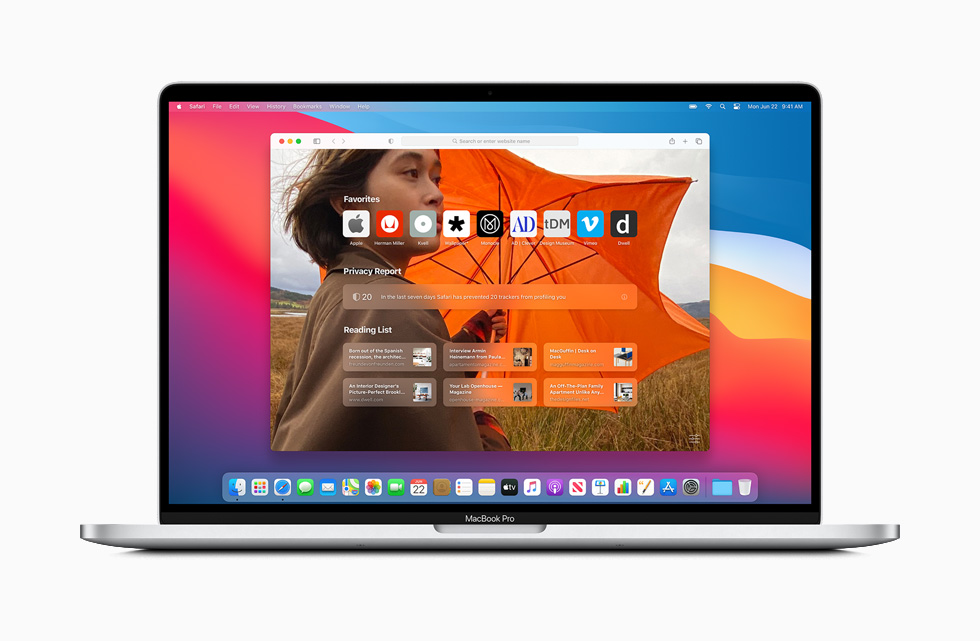
iOS 14 for iPhones
The iOS 14 will bring a redesigned home screen with a new App Library, which includes automatically organised app folders. The OS will feature new customisable app widgets, which could also be moved on to the home screen to feature alongside app icons. The OS will introduce picture-in-picture, which will allow users to continue watching videos in a small window frame while multitasking. Apple’s digital assistant Siri is also getting a new interface in the iOS 14. Unlike the previous UI, where Siri took over the entire screen when activated, the Siri of iOS 14 will appear as a small overlay near the bottom side of the screen. Apple has also reworked the incoming calls interface, which now pops up on the top side of the screen as a compact notification.
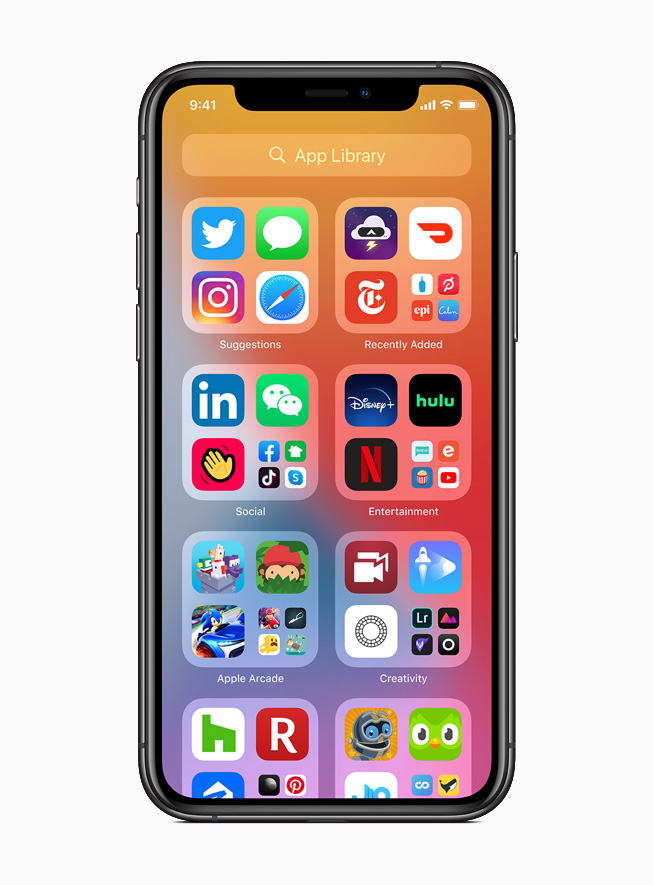
Messages is another feature set for a major upgrade with iOS 14. It will allow conversations to be pinned on top for quick and easy access. Moreover, there are new Memojis. There are new utilities for group conversations, including mentions and inline replies.
Apple also introduced App Clips, which seems to be Apple’s alternative to Android's progressive web apps. The App Clips does not require app downloads and gets the basic app functions quickly. It is integrated with Apple Pay and Sign in with Apple for convenience and security.
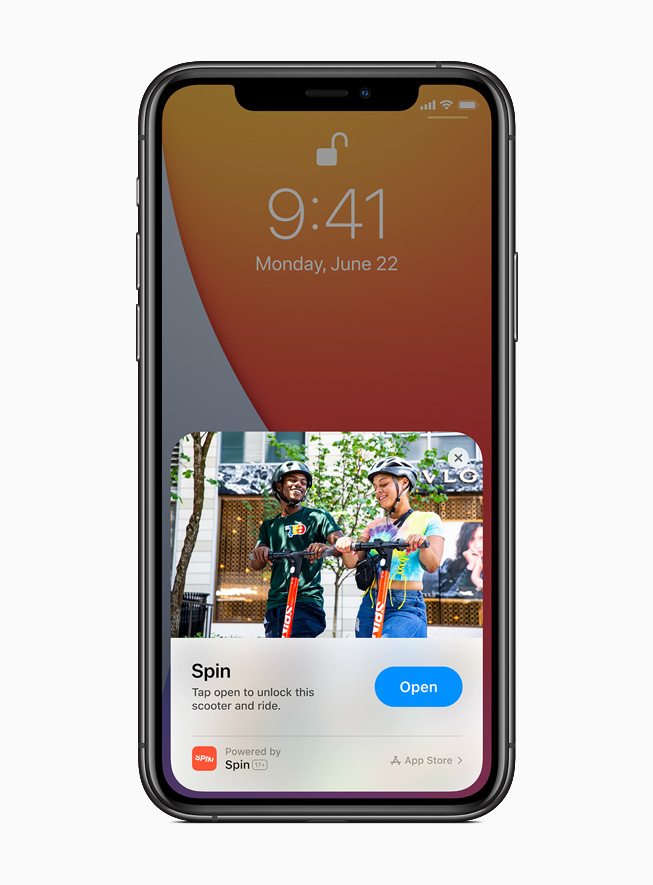
iPadOS 14 for iPads
Apple introduced the iPadOS last year with the aim to bring an independent operating system optimised for the company’s big-screen devices. The iPadOS allowed the company to pitch its iPads as a device capable of bridging the gap between iPhones and Macs and the upcoming iPadOS 14 is set to streamline the progress even further.
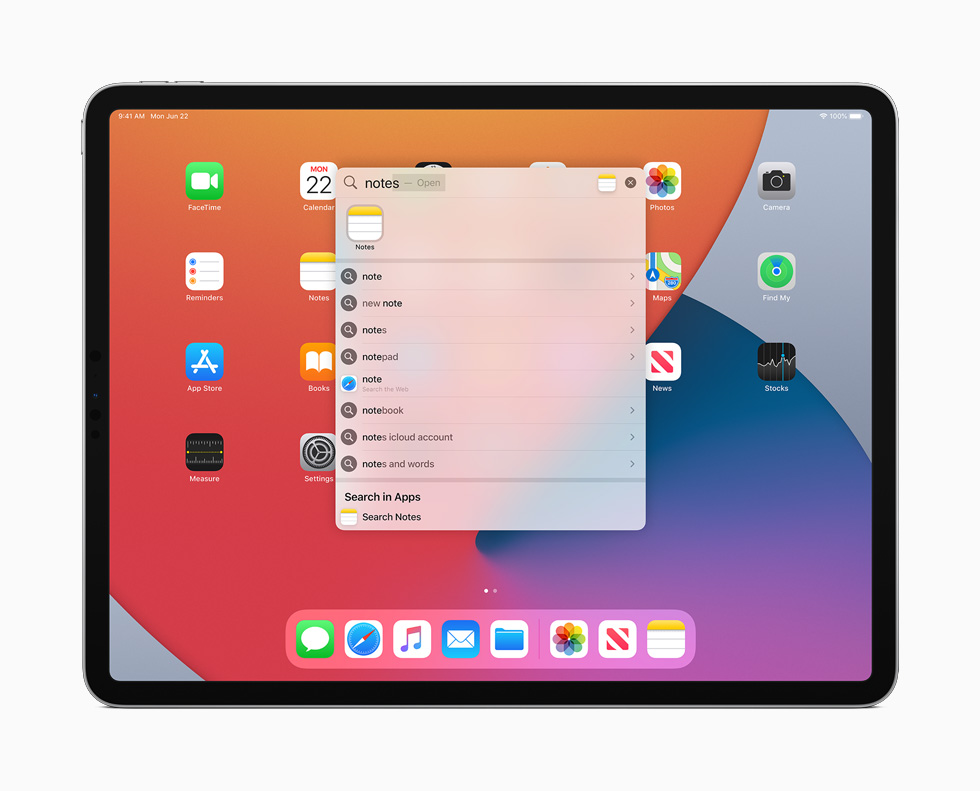
The iPadOS 14 will get most of the features that are coming to iPhones with iOS 14. Apart from that, the iPadOS 14 will introduce a new sidebar in apps like photos, notes, files and music apps. It will allow easier navigation and better organising capabilities with drag and drop functionality. Like iOS 14, the iPadOS 14 will also get redesigned Siri interface, which will appear on the bottom right of the screen. Similarly, the incoming phone calls will appear as a drop-down notification. Apple will also be adding universal search to iPad. Apple is also adding value-added features for iPad’s Pencil, including Scribble that recognises handwriting and converts it into text.
watchOS 7
Apple Watch is one of the best smart wearables already, and it is set to get a lot better with upcoming watchOS 7. The software update will bring sleep mode, which has long been missing from Apple Watch. The sleep mode will allow you to set bedtime routine, which will automatically lock down your iPhone before bed and dim the screen light on Apple Watch. It will monitor your sleep and breathe patterns. Moreover, there are variety of alarms to wake-up from. Mentioned below are more features that will be coming to Apple Watch with watchOS 7
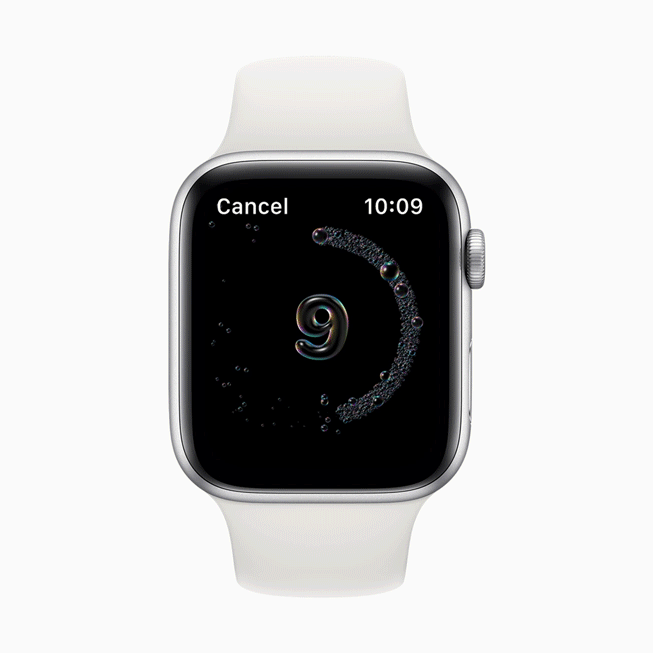
- Rich complications
- Apple Watch faces sharing
- Cycling direction on Apple Maps for Watch
- Workout app gets Dance workout, which includes Bollywood genre
- Activity app for iPhone renamed to Fitness
- Automatic handwashing detection
Airpods software
Apple AirPods is set to get a lot better with the upcoming software update, which will enable spatial audio and automatic switching between multiple paired devices. The spatial audio will bring surround sound experience and simulates 5.1-channel, 7.1-channel, and Dolby Atmos. The automatic switching feature will allow user to continue using AirPods on iPhone, iPads and Macs in continuity without having to pair them again and again on each device separately.
